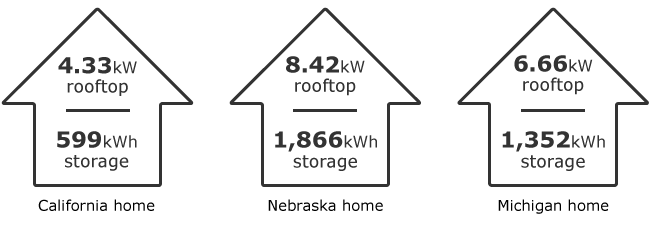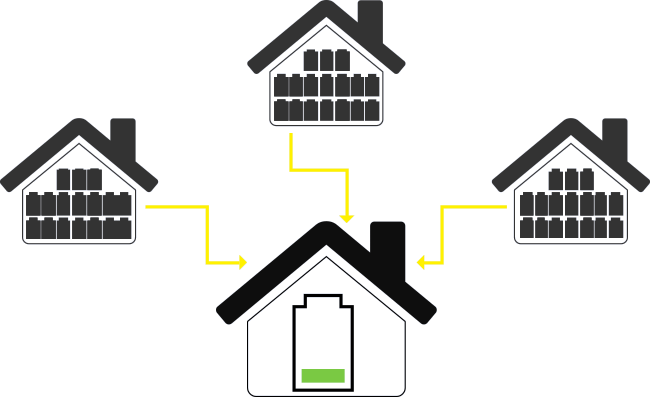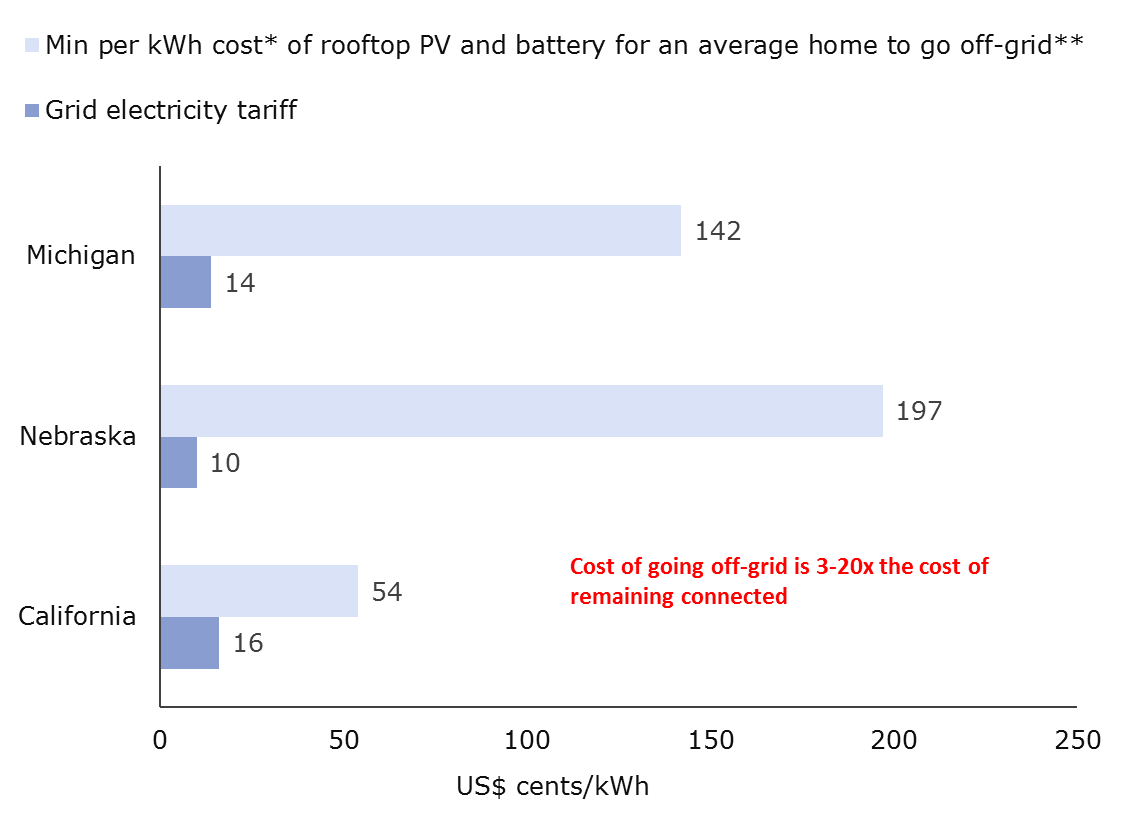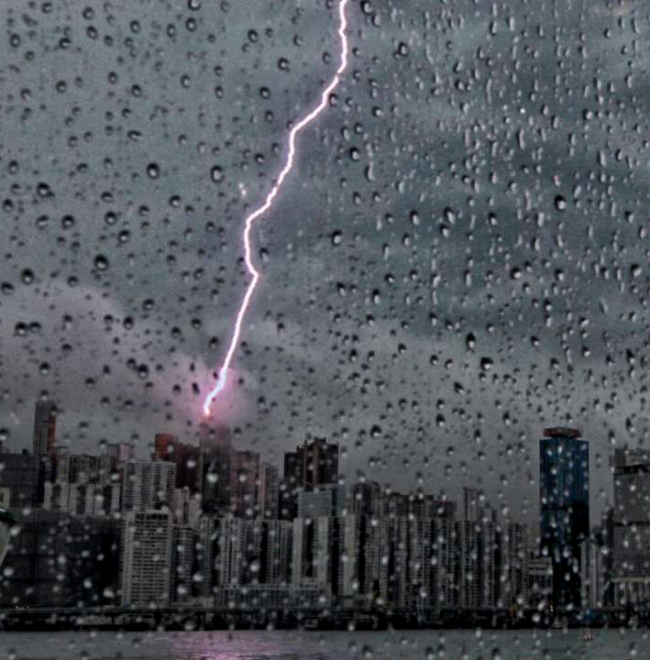Fears of a utility death spiral are unfounded. It will remain extremely expensive for customers to go off-grid for decades. While clean-tech enthusiasts claim 100% share of solar power by 2030, we expect it to be about 10%.
While unregulated fossil-fuelled power plants may struggle, the most efficiently run regulated utilities will adapt and thrive.
CLSA Head of Regional Power Rajesh Panjwani and Associate Shantnu Phutela examine the strategies of switched-on incumbents.
Cleantech disruption is changing the way we generate and consume electricity. Claims that solar and batteries can meet almost all the world’s power needs in 10-15 years are exaggerated - based on arguments that ignore ground realities such as the difficulty and cost of going off-grid, potential regulatory and legal hurdles and the investments needed to make this shift.
The cost of going off grid will far outweigh the cost of electricity from the grid for decades to come, limiting the disruptive onslaught that solar and storage will have on power utilities
Solar still has a lot of growth potential as penetration rises, but there will be a greater scrutiny of costs and benefits leading to reduced subsidies and slower growth
As solar panels end up on more rooftops, the owners of those roofs buy less power from the grid. Therein, we enter a vicious cycle dubbed the "utility death spiral", triggering rising tariffs and grid defections - utility revenue declines and remaining customers are forced to pay more for the infrastructure that keeps the grid alive, increasing their incentive to go off-grid.
If customers can economically leave the grid, then the utility death spiral has indeed begun. But our analysis shows that it is extremely expensive to do so. Storing power for a day is not enough. In most places there are huge seasonal variations in solar generation and one would need a few weeks or months of battery-storage capacity.
Without the ability to "cut the cord," a utility death spiral would stop in its tracks (except for unregulated fossil-fuel-fired power plants).
Indeed, even with rapid expansion, we expect solar to contribute only 10% to the power mix in 2030.

Not all land areas are suitable for distributed solar generation.

Batteries can meet daily variations in solar generation, but not big seasonal variations.

Nearly all customers will remain connected to the grid even if they have solar power and batteries.

As penetration of rooftop solar rises, regulatory changes will ensure that the current cost shift to nonsolar customers ends.

Utility-scale solar-power costs in the USA are half of the cost of distributed generation.

Large US utilities such as Berkshire Hathaway have installed far more renewable-energy capacity than SolarCity and Sunrun.
The claim that 20kWh of onsite storage is enough to essentially go off-grid completely ignores huge seasonal variations in solar generation
If you want to go off-grid using solar and have enough battery storage to take care of intra-day variations, you would have to install capacity that would produce power substantially higher than your annual demand.
Another option is to have solar panels large enough to meet your annual electricity needs, along with batteries. In that case, you would need enough battery capacity to be able to store power generated in July for use in December.

Our calculations show that, in ideal conditions, one would need battery storage equivalent to 32 days of power consumption in California (equivalent to 94 Tesla Powerwalls), 56 days in Nebraska (292 Powerwalls) and 63 days in Michigan (211 Powerwalls).

These estimates are extremely generous; they assume 100% battery efficiency, 100% depth of discharge and no loss of power or technical issues in storing power (for months) and retrieving it from the batteries. Each Tesla Powerwall weighs 100kgs - so one would need 9.4 tonnes of batteries in California and 29.2 tonnes in Nebraska. One would probably have to buy another house - or maybe a few - to house them all.

The price of a 6.4kWh Powerwall is US$3,000, or US$469 per kWh. At that price, the initial cost of battery required to store 599kWh in an average California home would be around US$282,000 – 31 times the initial cost of installing the necessary 4.33kW rooftop system (@US$3.5/W minus a 40% subsidy). The cost of batteries would be around US$876,000 in Nebraska.
Just the cost of batteries alone is substantially higher than the life-time cost of electricity consumption in almost all US households
In their Live wires report, Rajesh and Shantnu investigate whether an average home in three USA states can go off-grid using a combination of rooftop-solar and battery storage to meet day-to-day seasonal variations in demand in an economically viable manner.

Allowing generous assumptions for solar systems and battery costs and ignoring real-life technical challenges, the minimum cost, after subsidies, for an average household in California to go off-grid would be US$48,000, US$145,000 in Michigan and US$307,000 in Nebraska.

Even in California, the capital costs are around 50x the average annual electricity bill. The levelised cost of electricity in these states using these systems is 54-197 US cents/kWh - ranging from 3x to 20x the average grid tariff.
Going off-grid with solar and batteries is not feasible short of an energy-storage miracle
Rising penetration of rooftop solar has already led regulators in Hawaii and Nevada to end net metering at retail tariffs, increase fixed charges, and add extra costs for solar customers
Should solar customers enjoy lower electricity bills and treat the grid as a free battery at the cost of those who cannot afford or do not
want to go solar?
Less power demand from the grid only leads to lower fuel-purchase expenses for utilities. There is no reduction in fixed charges - at least not in the near to medium term. This shifts the burden of “avoided fixed costs” onto remaining customers, increasing their tariffs.
To avoid putting the entire excess financial burden on remaining customers, the pricing formulas for those using solar panels will change overtime so that they are charged for the “back-up” provided by the grid instead of the amount of power purchased.
One often ignored fact is that most of the solar-power capacity currently being added globally is utility scale given its massive cost-generation advantage over rooftop solar. Tied to the grid, these farms can send electricity to key areas where traditional sources are lacking and also create resiliency in the grid.
A lightning strike at CLP’s Black Point Power Station in Hong Kong caused a split-second voltage dip in the utility’s 400,000-volt transmission network on 10 April 2016, remiding us of our dependence on reliable electricity grid supply, which we often take for granted.

The Hong Kong Fire Services Department received reports of at least 149 people trapped in elevators between 9.30am and 11.30am and another 51 reports of activated lift alarms - voltage dips cause lights to dim or flicker, but can also trigger safety mechanisms in more sensitive machinery such as lifts.
In Hong Kong, average-unplanned-customer-minutes-lost is close to one minute per year – that is a supply reliability of 99.9998%. Off-grid systems, relying on solar generation and batteries, cannot conceivably supply electricity with such high reliability. Going off-grid implies the inconvenience of lower electricity-supply stability and reliability, which would suggest we get used to being stuck in elevators more often.